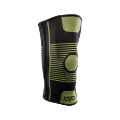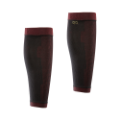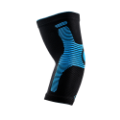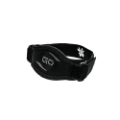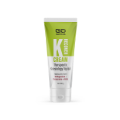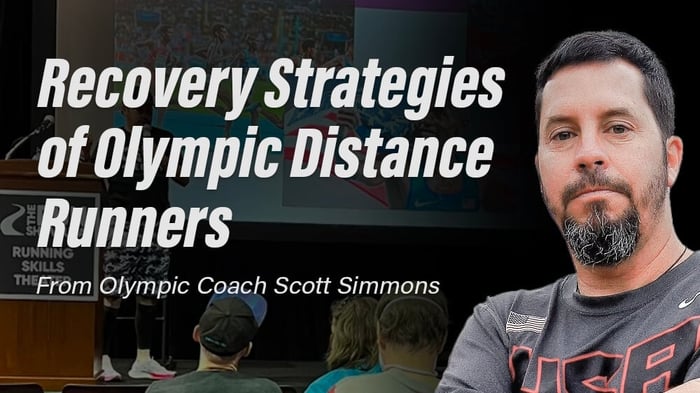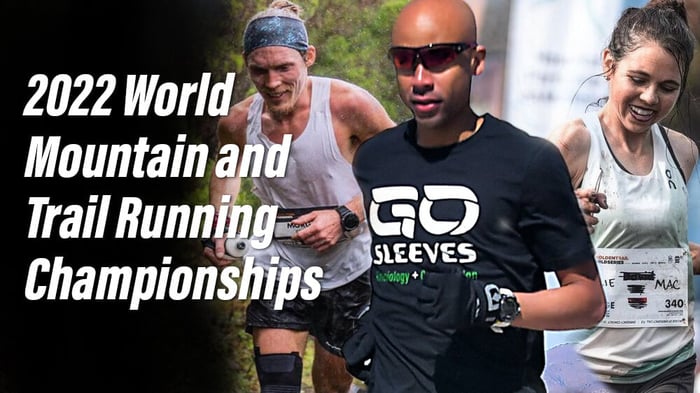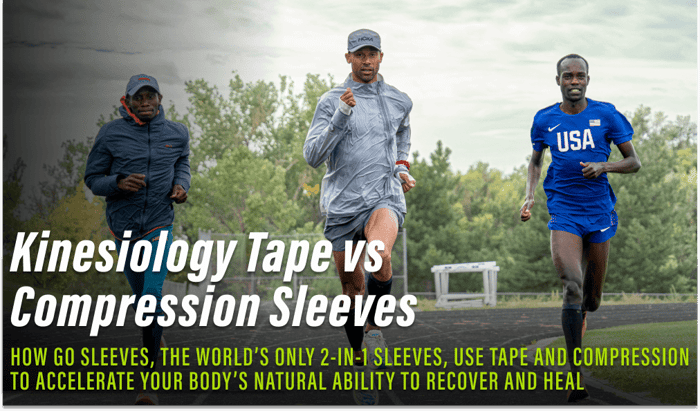Recovery is a critical part of training. At this year’s Run Show in Chicago, I was asked to share some of the most powerful ways my athletes are finding faster and more complete recovery after even the most challenging training sessions. In case you missed it, here are 5 of my favorite recovery strategies and secrets based on the experiences of our Olympians.
1. Immediate nutrition
Veteran runners understand the entire body is absorbing nutrients and carbohydrates within a short window immediately after you do hard training sessions. We don’t wait until we get home and cook a meal. We have simple sugars and proteins at the track for athletes to eat right away.
2. Immediate relaxing of tense and tight muscles
Whether we’re doing a long run or a speed work session, afterward, muscles are tighter than they were when we started. Tight muscles have an effect on the blood flow to the muscles that we’re specifically training, so those muscles are actually reducing the body’s ability to bring oxygen and nutrient-rich blood to the overloaded tissues. Stretching and warming down immediately after a hard training session will relax those muscles and open up the arterial pathways.
3. Heat acclimation for recovery
We train in Colorado Springs, CO. It’s a high-elevation, dry, mild-temperature environment in the summer. When we’re trying to acclimate to competing in hot and humid environments like Tokyo or Rio, we have a protocol we use during our training sessions. New research has shown us that after 30 minutes of running, going right into a sauna, steam bath, or hot bath, the body begins to acclimate to that heat. It also naturally increases testosterone levels, which facilitates recovery from hard training.
4. Deep tissue massage with ice and hot baths
It’s expensive, but at least once a week, our athletes undergo deep tissue massage therapy followed by an ice bath, then a hot bath, then another ice bath. The process facilitates increased blood flow to the muscles through improved circulation.
5. Blood circulation technology
All of our athletes have recovery technology like Normatec air compression massagers and Firefly nerve stimulators. The problem with them is that you have to sit in one position for 30-60 minutes to use them. And time is one of our most precious resources, especially for those of us who are parents.
This brings me to GO Sleeves. These are kind of new and they have a ton of advantages over other circulation recovery technology, mostly because you can wear them any time and anywhere – during training and recovery. One of my athletes, Joe Gray — a World Champion mountain trail runner — started using GO Sleeves and introduced me to them.
At first, I thought they were a compression sleeve, but the secret to GO Sleeves is the kinesiology strips inside of them that stretch and lift your skin away from your muscles, allowing for better circulation. (Here’s a deeper dive on how GO Kinesiology Sleeves work and exactly how they impact your workout-recovery cycle.) Combined with the compression, our athletes are getting more support and more grip on the skin than tape alone, plus they can put them on themselves. They don’t need to take the time to go see a physical therapist to get taped up. They don’t have to worry about them falling off in the shower, and they can easily adjust and reapply them so they fit exactly right for the specific issue they might be having. 

For the past two months, more and more members of our team have started using them. We mostly use the calf sleeves, but some are using the knee sleeves, too. Our traveling athletes are also using the calf sleeves for long plane rides. We try new technology all the time, but their feedback tells me when something's working. They're using them because they're loving them.
Hopefully, I shared a few good tips to help power your personal journey, too.
Scott Simmons is the long-time coach of the American Distance Project and the US Army’s World Class Athlete Program and has coached athletes to seven U.S. Olympic team berths, resulting in Olympic Silver and Bronze medals in the 5,000-meters. Scott’s current athletes include Hillary Bor, Paul Chelimo, and Shadrack Kipchirchir.
Simmons has coached over 50 U.S. National Team members and over 50 national champions, including a U.S. National Record holder in the 25k. In the college program, Simmons coached five back-to-back national cross country team champions.
Learn more about the American Distance Project at AmericanDistanceProject.com.
